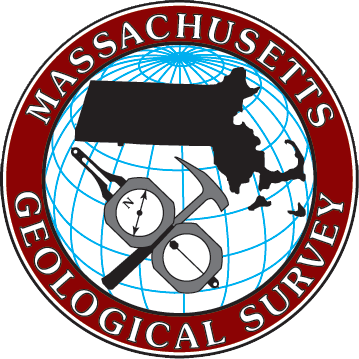| Title | Converting paper geologic maps to digital products; the search for an effective method |
| Publication Type | Conference Proceedings |
| Year of Publication | 2003 |
| Authors | Mabee, SB, Newton, R, Stepanov, A, Ene, D, Ivanov, D |
| Conference Name | Abstracts with Programs - Geological Society of America |
| Volume | 35 |
| Pagination | 276 - 276 |
| Date Published | 2003/11/01/ |
| Publisher | Geological Society of America (GSA) : Boulder, CO, United States |
| Conference Location | United States |
| ISBN Number | 00167592 |
| Keywords | #StaffPubs, cartography, data bases, data processing, digital cartography, digital data, geographic information systems, geomorphology, Geomorphology 23, government agencies, information systems, mapping, massachusetts, National Geologic Map Database, NGMDB, survey organizations, United States |
| Abstract | MassGIS and the Office of the Massachusetts State Geologist are working collaboratively with the USGS to vectorize 85, published 7.5-minute surficial geologic maps in order to prepare a statewide coverage of the till-glacial stratified drift boundary. Conversion of old geologic maps from paper copies to new digital products is a complex task requiring an efficient method that minimizes errors and limits the need for heads-up digitizing. The main issue in the conversion is the accurate separation of line work (geologic contacts) on the map from the halftone colors in the polygon fills and achieving this without creating an extensive editing effort in the GIS environment. For this project, we elected to process the scanned and rectified images of the surficial geologic maps in Photoshop and adjust the resulting line work in ArcScan before vectorizing the polygons. Photoshop is an extremely sophisticated, commercial raster image editing software with a very user-friendly interface. Using tools such as the "Magic Wand" (selection of similar pixels with variable threshold control), "Select Color Range" (find all instances of similar colors), "Grow and Contract Selection", "Stroke Selection", and Photoshop "Layers", we are able to create a set of very accurate, noise free boundary lines, before the vectorization process occurs. This methodology is, in effect, "on the fly" editing of the boundary lines, eliminating the large number of errors and artifacts that "automated" vectorizing processes inevitably generate (and which must be tediously edited and/or removed later with vector editing software). Line tracings produced in Photoshop are exported to ArcScan where, using the original raster image as a background, a preview of the proposed vector is adjusted, if needed, using simple editing tools in ArcScan. Once an optimal match is achieved visually, the vectors are generated. The advantage of this approach is that the bulk of the line editing occurs early in the process, prior to vectorization, and can be achieved by moderately trained personnel using "off the shelf" commercial software. This provides greater control of the quality of the finished product because there are no computer generated false lines that need to be found and removed later with a much more complex process. |
| URL | https://gsa.confex.com/gsa/2003AM/finalprogram/abstract_64322.htm |
| Short Title | Abstracts with Programs - Geological Society of America |
Converting paper geologic maps to digital products; the search for an effective method
For more info contact:



